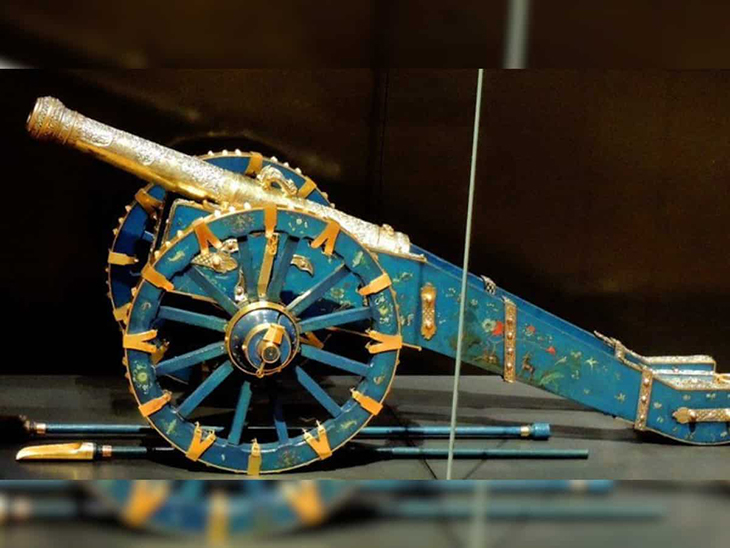
Two museums situated in the Netherlands have made the significant choice to repatriate a collection of 472 artifacts to Sri Lanka and Indonesia. The museums assert that these artifacts were either acquired under duress or were taken by looters.
These items were initially brought into the country during the era of the Dutch East India Company’s near-monopoly on trade between Europe and what were previously referred to as the Spice Islands. This practice continued into the subsequent colonial period.
The repatriation effort encompasses a variety of valuable pieces. Among them is the ‘Lombok treasure,’ comprising 335 objects hailing from Lombok, an island in the Lesser Sunda Islands of Indonesia. Additionally, there are four statues originating from the Javan Hindu kingdom of Singasari, 132 modern art pieces from Bali, and from Sri Lanka, a collection of ceremonial weapons from city-states like Kandy. This includes a notable royal cannon crafted from gold, silver, and rubies.
The decision to repatriate these items was announced by Dutch Secretary of State for Culture and Media, Gunay Uslu, on a Thursday. This move follows a 2020 report that recommended the return of specific possessions held by the museums.
“This is a historic moment,” said Uslu in a released a press statement for this. “It’s the first time we’re following recommendations…to give back objects that should never have been brought to the Netherlands. But more than anything, it’s a moment to look to the future. We’re not only returning objects; we’re also embarking on a period of closer cooperation with Indonesia and Sri Lanka in areas like collection research, presentation, and exchanges between museums.”
The transfer of ownership to Indonesia was carried out at the National Museum of Ethnology in Leiden on July 10th. The transfer for Sri Lanka is scheduled to occur later this year.
The repatriation of artifacts acquired during the colonial periods from various parts of the world has emerged as an increasingly significant topic. This is especially true as former colonies experience economic growth and stability. Notable objects like the Benin Bronzes or the Koh-i-Noor diamond often grab headlines as they are considered for return.
Historical opponents of such repatriation have highlighted concerns about the potential instability in the countries these collections might be returned to. On the other hand, proponents argue that repatriation could lead to the closure of entire gallery sections in European museums, consequently denying Europeans the opportunity to explore other cultures.
However, there is an optimistic viewpoint that sees repatriation as a pathway to enhancing understanding of these artifacts. This perspective involves collaboration with the descendants of the cultures that originally produced these artifacts, potentially fostering deeper insights into their significance.
“I expect countries of provenance and museums here in Europe will have a discussion about which objects will go back, and not all of them will be,” Valika Smeulders, head of the Rijksmuseum’s department of history, shared when he spoke to Art News.
“But what we will gain, all of us, is more knowledge about these objects, how they came into our possession, their background, what stories are we able to tell. So in the end we’ll have an enrichment of what we do instead of empty galleries.”
What are your thoughts? Please comment below and share this news!
True Activist / Report a typo


